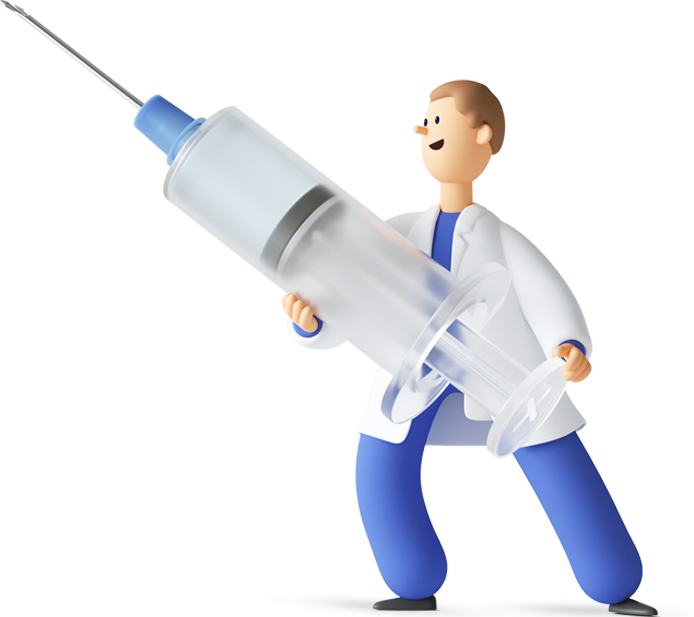
What is the Most Common Form of Treatment for Opioid Dependence?
Opioid addiction is a widespread and devastating problem, not just in Ontario but across the globe. In Ontario, as in many other places, efforts are being made to combat this crisis through various treatment approaches. Understanding the most common form of opioid addiction treatment in Ontario is crucial for those seeking help and for healthcare professionals working to address this pressing issue.
In this article, we’ll explore the primary methods used for opioid addiction treatment in Ontario and shed light on their effectiveness.
Opioid Dependence in Ontario
Before delving into the treatment options, it’s essential to grasp the scope of the opioid addiction problem in Ontario. Opioid dependence has been on the rise in the province, affecting individuals from all walks of life. Prescription opioids, such as oxycodone and fentanyl, along with illicit drugs like heroin, play a significant role in the opioid crisis.
According to the Ontario Drug Policy Research Network (ODPRN), the number of opioid-related deaths in the province has been increasing steadily over the years.
The Most Common Form of Treatment
The most common form of treatment for opioid addiction treatment in Ontario is medication-assisted treatment (MAT). MAT combines medications with counseling and therapy to provide a comprehensive approach to opioid addiction treatment. There are the primary medications used in MAT for opioid dependence:
Methadone: Methadone is a synthetic opioid medication that helps individuals manage withdrawal symptoms and cravings. It has been used for decades as a maintenance treatment for opioid dependence. Some issues associated with methadone treatment is the risk of overdose and physical dependence, which, if not carefully managed, can pose significant challenges for individuals seeking to overcome opioid addiction. Additionally, the potential for diversion and misuse of methadone raises concerns about its availability outside supervised treatment settings.
Buprenorphine-Naloxone (Suboxone®): Subxone® is another medication used in MAT. It contains both buprenorphine, a partial opioid agonist, and naloxone, an opioid antagonist. Suboxone® helps reduce cravings and withdrawal symptoms while also having a ceiling effect (the phenomenon in which a drug reaches a maximum effect), making it less likely to be abused. When taken as directed, Suboxone® is commonly viewed as a safer alternative to methadone, with a reduced likelihood of sedation and overdose.
Naltrexone: Naltrexone is an opioid receptor antagonist that blocks the effects of opioids by binding to opioid receptors, preventing them from being activated. This medication is particularly valuable for individuals committed to abstinence-based recovery, as it helps maintain sobriety by reducing cravings and making opioid use ineffective. Naltrexone is available in both oral and injectable forms, offering flexibility in treatment options.
Sublocade: A relatively new medication for opioid addiction treatment in Ontario, Sublocade offers several advantages over other forms of MAT like methadone and buprenorphine tablets. An injectable form of buprenorphine, Sublocade is long-acting and doesn’t need daily dosing, improving treatment adherence and reducing the risk of abuse. Sublocade also helps individuals achieve abstinence by blocking the effects of opioids, making relapse more challenging.
The Effectiveness of MAT
MAT has been proven to be one of the most effective treatments for opioid dependence. Research consistently shows that individuals who receive MAT are more likely to achieve and maintain recovery compared to those who do not. Here are some key benefits of MAT:
Reduces Cravings and Withdrawal Symptoms: MAT helps individuals manage the intense cravings and withdrawal symptoms that often lead to relapse.
Prevents Overdose Deaths: Medications like methadone and Suboxone® reduce the risk of overdose by making it more challenging to achieve the desired euphoric effects of opioids.
Improves Overall Health: MAT can lead to better physical and mental health outcomes, as individuals are less likely to engage in risky behaviors associated with opioid use.
Increases Retention in Treatment: MAT can help keep individuals engaged in treatment for longer periods, increasing the chances of successful recovery.
Counseling and Support
While medication is a crucial component of opioid addiction treatment in Ontario, counseling and support services are equally important. Counseling helps individuals address the underlying psychological and emotional issues that contribute to addiction. It also teaches coping strategies and life skills necessary for long-term recovery.
Seeking Treatment in Ontario
It’s important to recognize that each person’s journey to recovery is unique, and treatment should be tailored to their specific needs. Whether through MAT, counseling, or a combination of both, seeking help for opioid dependence is the first step towards a healthier, drug-free life. If you or someone you know is struggling with opioid addiction in Ontario, reach out to Aegis Medical to explore the available options and start the path to recovery.





